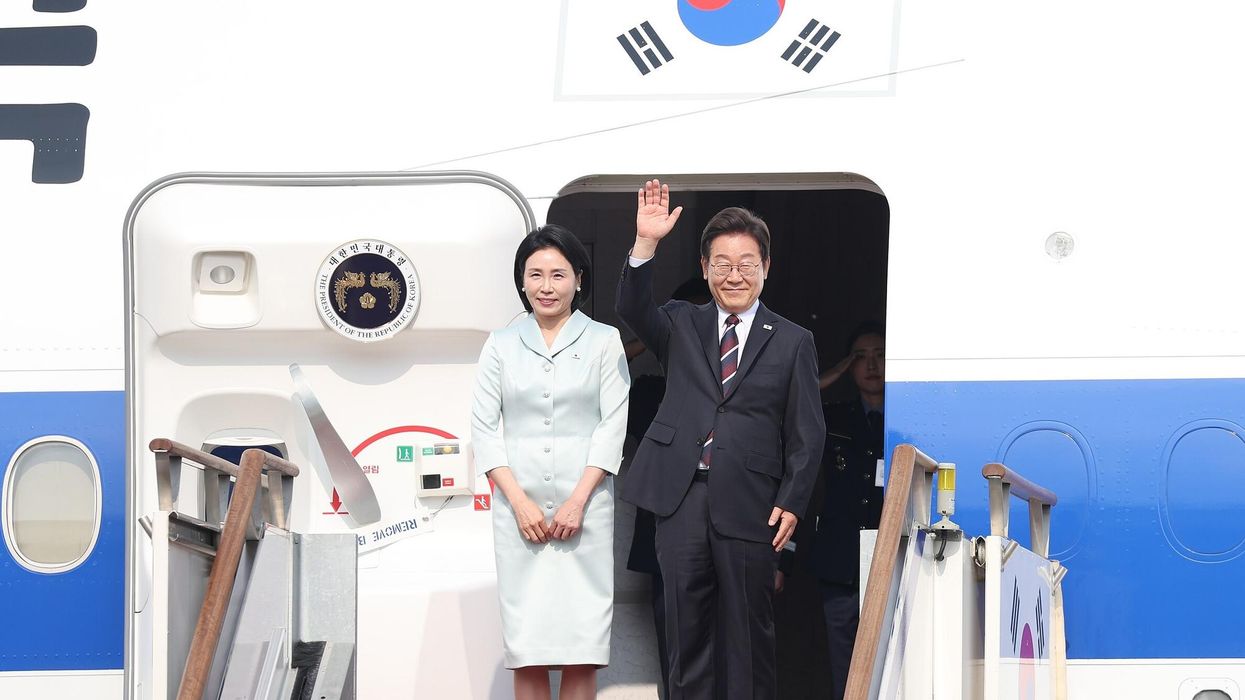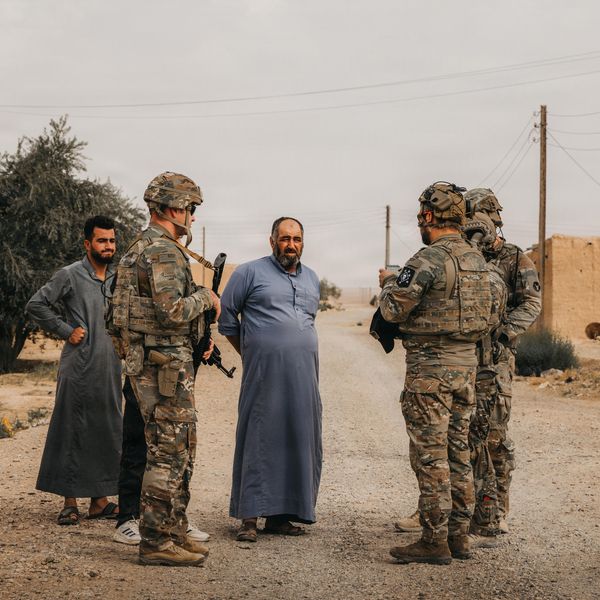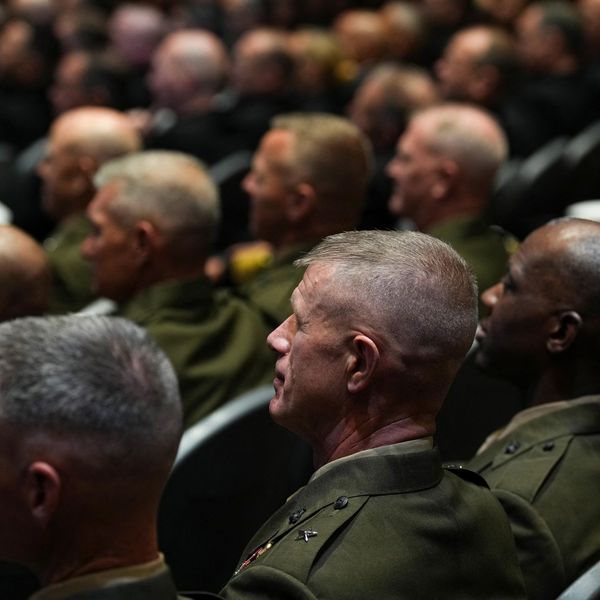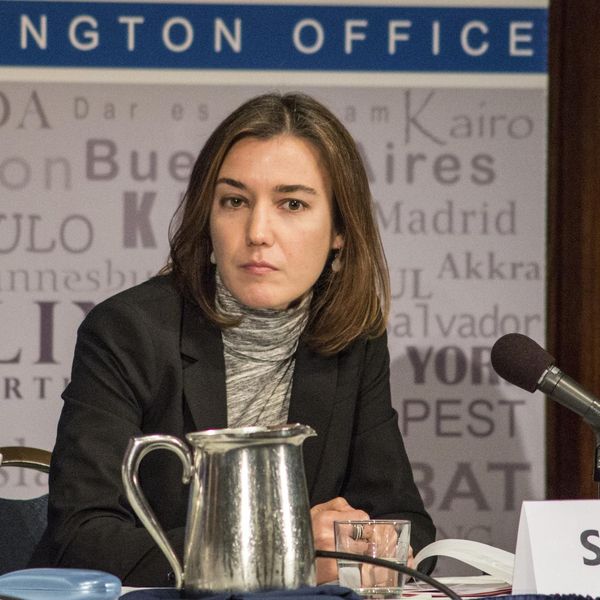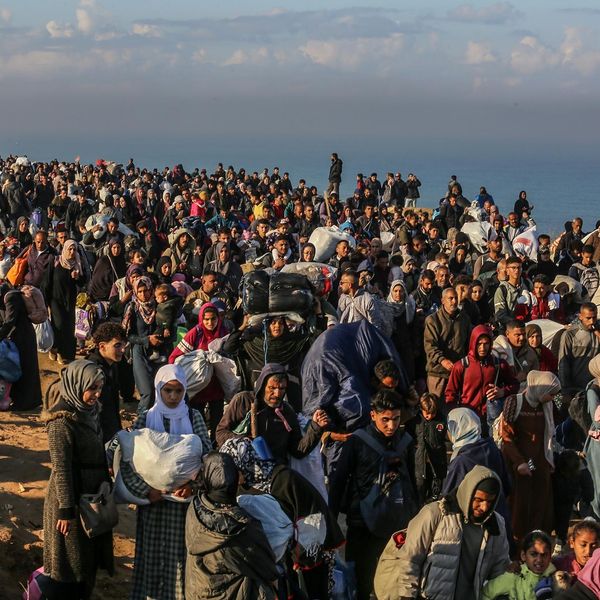Just two months ago, everything seemed to be going well for the newest sensation in the Indo-Pacific — the Quadrilateral Security Dialogue. President Joe Biden virtually met his counterparts, affording seriousness and legitimacy to the groupings between the United States, Japan, Australia, and India. Among the projects to counter China’s growing clout in the region, the member countries prioritized ramping up their own vaccine diplomacy. The Quad decided to fund the production of COVID-19 vaccines in Indian facilities and distribute them to Southeast Asian countries leveraging Australia’s logistics. Soon the plan came to a halt as India banned vaccine export. The crisis in India casts doubt on whether competition, instead of cooperation, is the right approach to fight a global pandemic.
India’s fall from being the vaccine-hungry world’s poster child to one of the neediest is stunning. Before the ban, the Indian government had either sold, gifted, or provided under the WHO-led Covax initiatives 66 million vaccines to at least 95 countries, from the tiny island-nation Seychelles to Brazil. Consignments under the Vaccine Maitri (friendship) program often took place with fanfare and understandably so. India wanted to project its good Samaritan image to the world.
As India was busy scoring points in the race to vaccinating the world, it inadvertently made itself vulnerable to the second wave of COVID-19. Only 2.5 percent of India’s 1.3 billion people are fully vaccinated now. By comparison, more than one-third of Americans are fully vaccinated and another almost half are at least partially vaccinated.
Hospitals did not stock enough Remdesivir, the anti-viral injection that is not formally approved by WHO to treat COVID but nonetheless is known to shorten the recovery time. Nor did they have sufficient oxygen supplies that are critical in lessening the chronic asthma that the novel coronavirus causes in its hosts. Situations are so dire that Indians are soliciting oxygen cylinders online since few can afford $800 to $1,400 for a cylinder being sold in the black market.
But it is one thing to have a health system that is crumbling or in need of a remedy for virus. It is another to pave the way for setting some of the worst pandemic records, which is what Indian politicians did by relaxing standard COVID protocols.
Prime Minister Narendra Modi and his deputies held election rallies in battleground states and the opposition parties were no better as they followed suit. Modi also allowed millions of devout Hindus to gather at the banks of the Ganges to celebrate Kumbh Mela, lest he lose sympathy from his base of support. Reports suggest that infection rates spiked up in states where these super spreader events took place.
This reckless behavior continued until it was too late. Meanwhile, India started setting new records, reaching 400,000 cases on May 1. The infection rate has seen a little dip since then but was mostly due to undercounts. More recently, nearly 3,350 people died on average per day during the past week. The backlogs of dead bodies at the crematoriums forced Indians to burn their relatives in their backyards. Anthony Fauci described the situations as “war like.”
But why is India struggling this much, given its successes in vaccine production? The Serum Institute, the world’s largest vaccine maker, is churning out 2.5 million does a day of Oxford-AstraZeneca’s vaccine. However, the bulk of Serum’s production goes to Covax, which aims to create equity in vaccine distribution by providing inoculations to countries that would otherwise not get any.
As a result, planeloads of vaccines departed India almost everyday until Modi felt compelled to halt all foreign deliveries. His government hastily approved a homegrown vaccine produced by Bharat Biotech but before the third trial data came in, triggering skepticism.
Meanwhile, the Quad is partnering with another Indian company, Biological E, to produce the single dose Johnson & Johnson vaccine, but it still takes time for the production to go fully online. A desperate India has thus sought solutions in its long-time ally Russia by approving the Sputnik V vaccine in mid-April.
At present, India has two options to tackle this unprecedented crisis. First, India must contain and control the spread of the virus. The damage has already been done, for which all fingers point to Modi. His disregard for public safety, unwillingness to learn from the past, and propensity for taking credit for unfinished businesses — claiming in January to have saved the world by stopping the coronavirus in India — all played their role in blowing India’s crisis out of proportion.
For now, the Modi government must ensure the strict enforcement of the safety protocols. Contact tracing for a densely populated India was almost impossible even in normal times. Therefore, the government must promote maintaining social distance, wearing masks, and washing hands.
Second, India can reach out to countries that have surplus vaccines or are willing to share their strategic stockpile. The United States can help India and has dispatched some vaccine supplies if not the vaccines themselves. China is another candidate. But it is up to India whether it would accept Xi Jinping’s offer to help since it must be embarrassing for India to get assistance from a top tier rival.
But if India’s case teaches us any lesson, it is that competition is hardly the right way to deal with a universal problem. India must not hesitate to receive assistance from any corner of the world. Despite promising developments in countries like Israel and the United States that made considerable progress in vaccinating their populations, this is still as much a pandemic as it was last year. And we cannot completely contain it without major vaccine producers coordinating among themselves in achieving an equitable distribution of vaccines.
Therefore, it is imperative that countries that now see their consignments from the Serum Institute delayed or canceled are not overlooked until situations in India get better. Nepal is facing an India-like situation, while Bangladesh detects the deadly Indian variant of the virus. Therefore, China and Russia should be included in the global effort to supply vaccines in a systematic way. The WHO has approved Sinopharm’s vaccine and is reviewing Sinovac’s vaccine — Sputnik V should be next.
In the meantime, other production lines should be added to the global supply. For instance, Bangladesh has a potent pharmaceutical industry. A leading Bangladeshi pharmaceutical company, Incepta, alone can produce 600-800 million doses of vaccine per year if it could procure the raw materials and acquire the license from one of the WHO-approved vaccine makers, just as how Serum is producing vaccines for others. The Biden administration’s waiving of vaccine patents so long the pandemic prevails is likely to improve the situation.
India’s experience is a cautionary tale to the world that unless robust vaccination programs followed by strict health measures are in place, the recrudescence of COVID cases will prove devastating. With vaccines produced still trailing the global demand, major powers should not pursue policies that seek to privilege a selected few at the expense of the rest. Vaccine diplomacy that inhibits meaningful cooperation between more powerful countries, in terms of vaccine production and supply, is only a recipe for disaster — the explosion of cases in India is as much as the manifestation of it as it is the ineptitude of its government.


